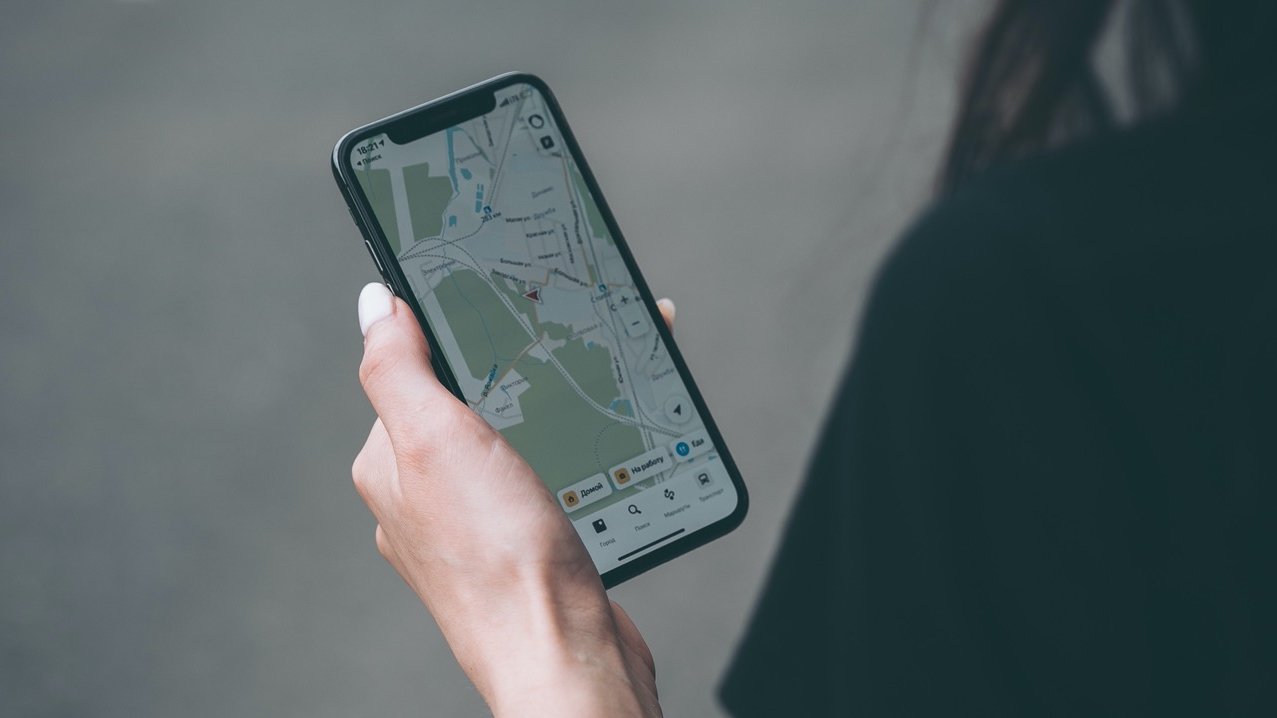Is it worth risking your life just to “save” a few minutes? Of course not—but to some degree, many folks may be taking on unnecessary risk every day.
When it comes to map apps, the fastest-route is naturally the top pick for most people. More recently, some opt for eco-routes that save on fuel usage.
An algorithm devised this year by researchers at the University of British Columbia presents a new preference, however: the safest route.
Using real-time crash risk data, which can be incorporated into GPS navigation services such as Google Maps, the UBC-made algorithm enhances road safety for all users, according to its creators.
“This research is the first to use real-time crash risk data to provide navigation directions and give you the safest possible driving route through a city,” civil engineering professor Dr. Tarek Sayed informed UBC News in July. “The algorithm is capable of adjusting directions in real-time, suggesting detours to avoid hazardous locations . . . For instance, companies will be able to route their fleet efficiently, prioritizing safety and reducing crash risk.”
UBC Professor Sayed, alongside PhD student Tarek Ghoul, found that in many cases, the safe route may be slightlyslower but is often a lot safer, statistically speaking—a valid tradeoff in their eyes.
“The safest route tended to be 22 per cent safer than the fastest route, while the fastest route was only 11 per cent faster than the safest route,” explained Ghoul of their findings from a drone-based pilot test in Athens, Greece. “This suggests that there are considerable gains in safety on the safest routes with just a small increase in travel time.”
The researchers also envision their innovation helping cyclists and pedestrians navigate cities and regions safely, as well as also assisting municipalities and governments in improving infrastructure safety and efficiency across modes of transportation based on insightful data.
“New possibilities open up for real-time safety measurement and effective routing,” said Dr. Sayed. “These technologies are now generating unprecedented amounts of data, giving rise to new smart mobility applications in the future.”
A version of this article was originally published on Techcouver.com.


